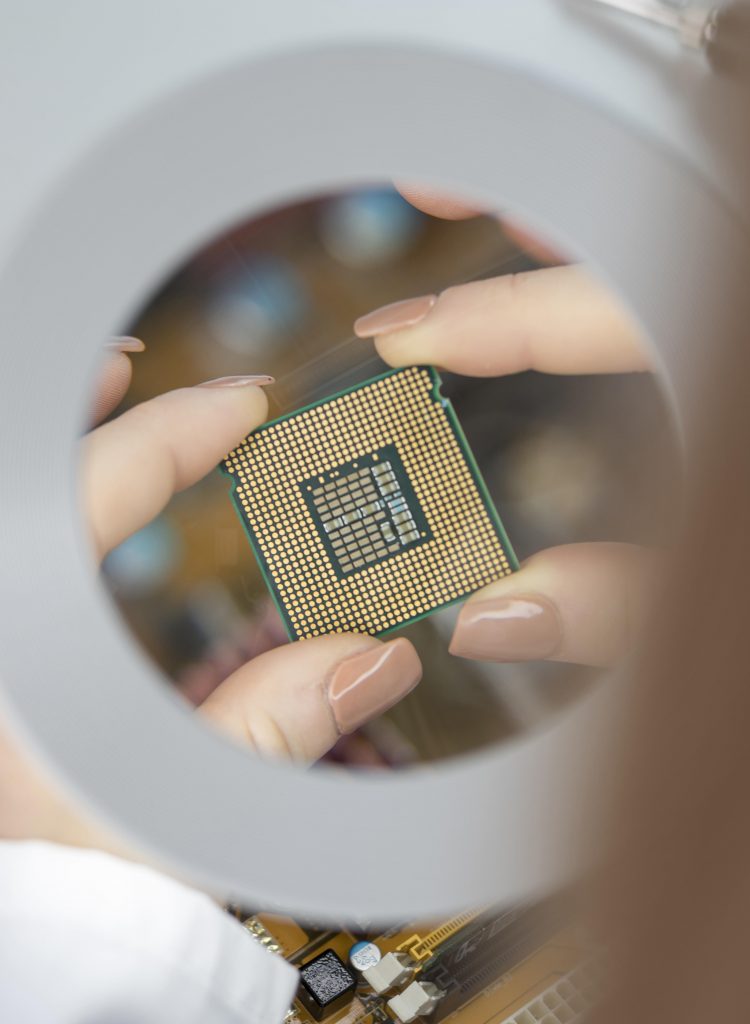Embedded universal integrated circuit card (eUICC) technology will likely be the point that transforms how the world brings intelligence, connectivity and a data-driven agenda into play. Examining the evolving trend of eUICC adoption and what’s next, this article thinks ahead to how the technology could change the future of IoT and mobile connectivity.
Introduction to eUICC
eUICC is an evolutionary jump from earlier, physical SIM cards. It is integrated into the device at the point of manufacture, which itself is a huge step forward as it eliminates the need to change physical cards or open up any hardware when switching carriers, either for repair or replacement. More significantly, however, reprogramming of an eUICC is achievable over-the-air, which in turn could facilitate flexibility in provisioning IoT devices.

Current trends in eUICC adoption
The deployment of eUICC technology continues to expand around the world because of the flexibility, scalability and efficiency it provides, especially because the future is mobile.
- Telecommunications and consumer devices
- Mobile phones and tablet computers: The likes of Apple, Samsung and Google are all now making devices with eUICC, enabling greater flexibility for consumers looking to change providers and adjust their carrier services accordingly, even when travelling abroad, without the need to carry multiple physical SIM cards.
- Wearables: Smartwatches, in particular, gain a huge benefit from eUICC technology because it makes them independent of a smartphone by letting them use their own cellular connection.
- Internet of Things (IoT)
- IIoT (Industrial IoT): It allows machines and sensors in the fields of manufacturing, agriculture and logistics to change networks remotely and without physical intervention.
- Smart cities: eUICC is crucial for the management of public infrastructure and public utilities, such as streetlights and public transport. In these cases, the ability to remotely manage and switch network providers can avoid operational costs and enhance service quality and reliability.
- Automotive industry
- Connected vehicles: eUICC enables uninterrupted connection for services such as real-time navigation, emergency calls and streaming media. The technology has a particular advantage in fleet management that can manage communication with different network providers and regions.
- Manufacturing and supply chain integration: As cars become increasingly connected, OEMs are embedding eUICC at the point of manufacture so the car is ‘born connected’.

4. Cross-border connectivity
Travel and international connectivity: eUICC is good for devices that need to operate in different countries, in scenarios that require the device to be tracked and international travel devices. Having the logistics and regulations more consistent makes it easier to use such devices in the future.
5. Emerging applications
Drones/aerial vehicles: For drones, eUICC could aid seamless connectivity across all border zones and across all differentiated network zones; this can be particularly useful for operations in divergent regulatory environments.
Healthcare devices: eUICC empowers medical devices that monitor patients to stay connected, streaming vital information back to carers and medical practises in real-time, without reliance on the patient’s own interaction.
Challenges in adoption and future outlook
According to Knowledge Sourcing Intelligence, the eUICC market is expected to grow from US$619million in 2020 to US$3.2bn in 2027. But despite the foreseen growth, there are hurdles:
- Technical complexity: Integrating eUICC requires changes in network architecture and device hardware.
- Regulatory hurdles: Varied regulations across countries can complicate the deployment of global IoT solutions using eUICC.
- Market resistance: Transitioning from traditional SIM cards to eUICC involves overcoming resistance from stakeholders accustomed to the status quo.
The future of eUICC is promising, with several developments on the horizon:
- Increased adoption rates: As the benefits become clearer and technology costs decrease, more sectors and regions are expected to embrace eUICC.
- Advanced features: Future eUICC technology might offer enhanced security features and even greater interoperability between different network standards.
- Impact on IoT and 5G: With the rollout of 5G networks, the demand for eUICC is likely to surge, given their ability to manage multiple profiles and support seamless global connectivity.
The full potential of eUICC technology to revolutionise mobile and IoT connectivity will become apparent over the coming years as industries embrace the flexibility and efficiency it offers. eUICC adoption rates will see continued growth as their utility becomes more widely understood. Everyone with interests in telecommunications and IoT should pay close attention to what’s about to come.
Comment on this article via X: @IoTNow_











